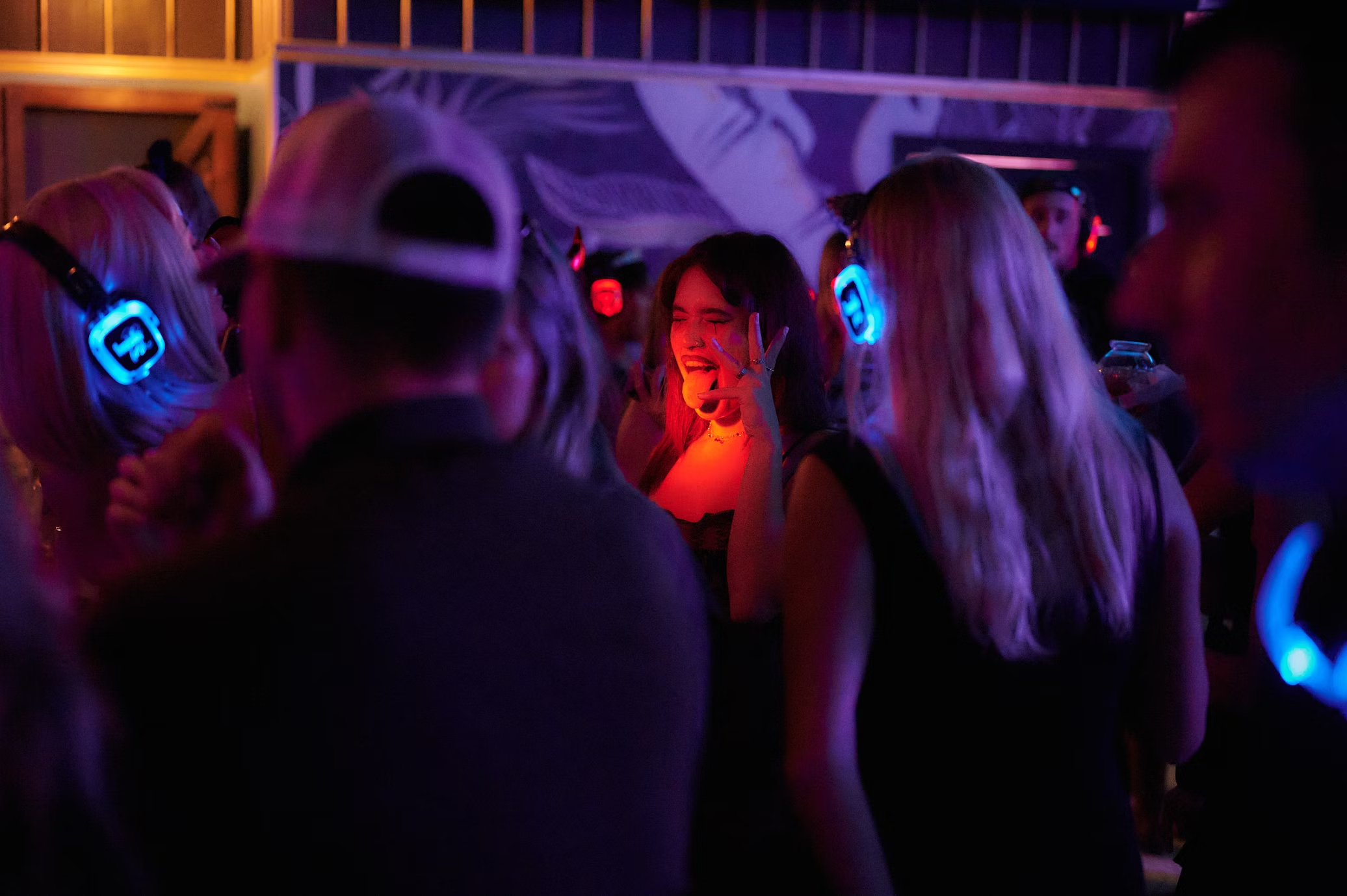Commercial Feature
How Real Time Entertainment is Shaping the Student Experience

While we’d all wish for a little more downtime, the way we actually use our breaks has changed radically in just the last decade. Now breaks can help us form connections, take part in performances, and indulge in all of this in real-time, but also, using technology. Between classes, students are increasingly turning to digital platforms that offer multiplayer games, co-watch tools, synced playlists, and streamed dealers. The common thread in all of this is interactivity as the default.
Kahoot!: From Quiz Tool to Dorm-Room Game Night
Kahoot! began in classrooms, but it’s exploded beyond education. The platform, which lets you create real-time quizzes with live scoreboards, has seen over 10 billion cumulative players since launch. While many associate it with school-based quizzes, a growing chunk of its traffic now comes from informal, social use. Think house party trivia, meme-themed tests, or music lyric battles.
It works because it’s frictionless: one person sets up a game, everyone else joins with a PIN or QR code. The countdowns, buzzer sounds, and leaderboards create urgency. You’re racing against your friends to top the leaderboard. Sessions can host up to 2,000 players, and the mobile-friendly layout means it’s a ready-made break-time activity for study groups, flatmates, or even TikTok followers (Kahoot games now regularly go viral in livestreams).
Teleparty and Synchronous Streaming
Streaming isn’t solo anymore, thanks to Teleparty (formerly Netflix Party). This app syncs video across users and adds a chat bar, turning passive viewing into a shared session. It works with Netflix, Disney+, Prime Video, Hulu, HBO, and others, and it’s become standard in university life — especially for long-distance couples, friendship groups split across campuses, or students in student halls.
The chat element is key. People can dissect, meme, and riff on what’s happening in real time. That shared reaction becomes part of the entertainment. Other tools are following suit too. Discord’s Watch Together and YouTube’s live chat give the same sense of collective presence.
Spotify Group Sessions

Music has always been social, but Spotify’s Group Sessions make that more literal. Any Premium user can start a session, invite others via link or QR, and give everyone control of the queue. Multiple people can add, skip, and reorder songs live.
For students, it’s turned shared spaces – kitchens, dorms, walks to lectures – into spontaneous DJ battles. It’s also become part of remote study groups. Students in different cities log into the same playlist and use it as an unspoken connection during cramming.
While Spotify hasn’t released precise usage figures for Group Sessions, engagement stats show that Gen Z are 60% more likely than older users to share music and create collaborative playlists.
Live Casino Platforms
What used to be solitary is now social. In fact, live casino platforms – like Evolution, Playtech, and Pragmatic Play Live – have reconstructed the format to allow real-time interaction.
This works by live streaming real dealers in real studios running the games. Users login from anywhere, watch in HD, and bet via interface while chatting with other players or the host.
Evolution’s annual reports show double-digit year-on-year growth in live gaming, and a 2023 YouGov survey found that 22% of UK university students had tried a live-streamed casino game, primarily for entertainment, not profit.
It’s not just blackjack or roulette either. There are game-show-style formats – Crazy Time, Deal or No Deal Live, Lightning Dice – designed for attention spans that like fast turns and visual drama.
Twitch and YouTube Live
On Twitch, over 70% of users are under 35. Many students use this platform to co-watch esports, stream games, or hang out in chat-based “Just Chatting” sessions.
YouTube Live and TikTok Live have similar appeal. What’s driving growth isn’t just the content (though that does help!), it’s the live chat. Even niche formats have caught on. “Study with me” streams – basically ambient, real-time co-working – are surging. Here, streamers start a timer, set a vibe, and study, that’s it.
 Features / 3am in Cambridge25 June 2025
Features / 3am in Cambridge25 June 2025 Comment / Why shouldn’t we share our libraries with A-level students?25 June 2025
Comment / Why shouldn’t we share our libraries with A-level students?25 June 2025 Theatre / Twelfth Night almost achieves greatness26 June 2025
Theatre / Twelfth Night almost achieves greatness26 June 2025 Features / What it’s like to be an underage student at Cambridge29 June 2025
Features / What it’s like to be an underage student at Cambridge29 June 2025 News / Revealed: Emmanuel relies most on postgrad supervisors28 June 2025
News / Revealed: Emmanuel relies most on postgrad supervisors28 June 2025





